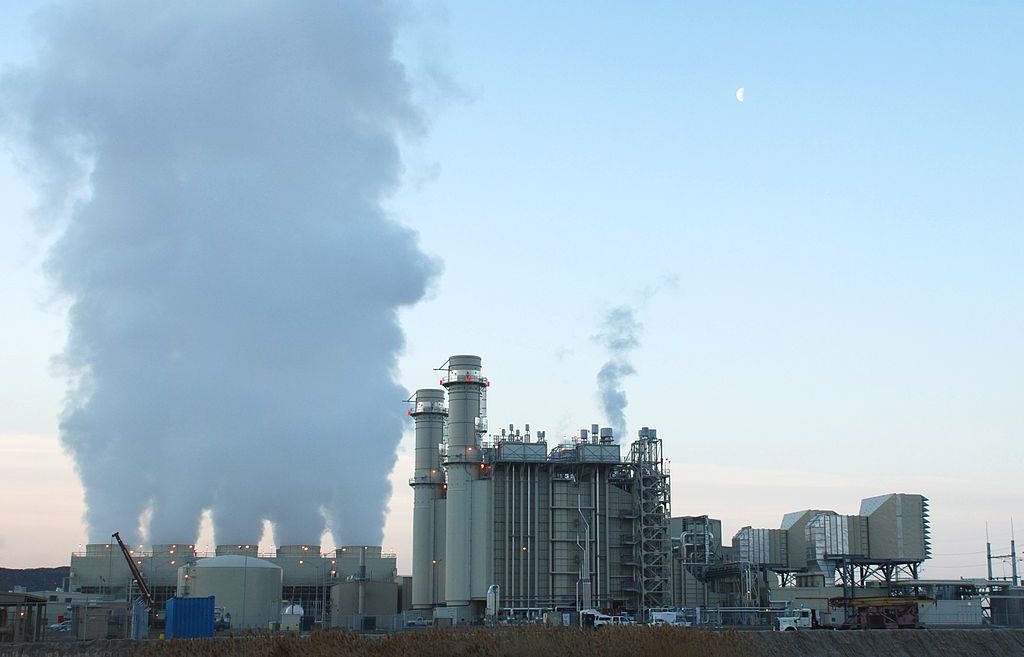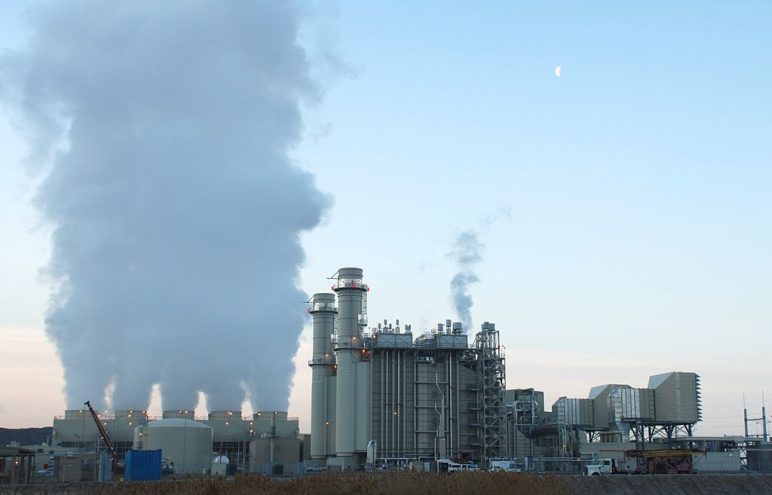“How much of my gas is fracked?” That’s a question we get a lot at Sightline. The answer is complicated: both fracked and unfracked gases are injected into the same pipelines, where it comingles. There is no pipeline that delivers only conventional gas, and no pipeline that delivers only fracked gas, so for any particular consumer or region it can be difficult to track down which wells provided the gas that arrives at your home or business.
How much gas is fracked?
No one seems to know the exact answer, at least not at the regional scale that most consumers care about. We have yet to find publicly available data that breaks down fracking numbers on a state-by-state or well-by-well basis, but here’s what we do know:
- Nationally, fracking produces two-thirds (67 percent) of the natural gas in the United States, according to the US Energy Information Administration, and approximately 50 percent of the nation’s oil.
- Or, another way of looking at it: natural gas producers frack more than 90 percent of the gas wells in the United States. (The share of wells that are fracked is larger than the share of gas that is produced by fracking because some conventional (nonfracked) wells produce more fuel than the wells that require fracking.)
- According to Natural Resources Canada, about 50 percent of Canadian gas was derived from fracking in 2014, and the figure is expected to increase to 80 percent by 2035.
While it’s fairly easy to track down the national percentages of fracked gas, it’s more complicated to determine how much fracked gas utility customers in Washington and Oregon (or any other state) receive. One complication is that the Northwest receives gas supplies from multiple gas basins in both the United States and Canada.
Looking at publicly available utility company documents, we can determine in some cases how much of a utility’s supply comes from the United States and how much comes from Canada.
- Northwest Natural sells gas to customers in the Portland-Vancouver metropolitan area, the Willamette Valley, much of the Oregon coast, and a portion of the Columbia River Gorge. According to the company’s 2016 Integrated Resources Plan, the utility purchases “roughly one-third of its supplies from each of the major supply regions in the area: British Columbia, Alberta and the US Rockies.” That is, two thirds of the company’s supplies come from Canada and one third from the United States.
- Puget Sound Energy, owned by Australian conglomerate Macquarie Group, sells electricity and direct gas to ten counties in Washington, mostly in the Puget Sound region. According to the company’s 2015 Integrated Resource Plan, Puget Sound Energy (PSE) obtains gas supplies from British Columbia, Alberta, Rocky Mountain basins, and the San Juan Basin in the southwest United States. The company notes that it is “heavily dependent” on gas from northern British Columbia, and pipeline capacity figures from the utility’s integrated resource plan show that half of PSE’s daily capacity comes from a supply point that predominantly markets Northern BC gas while about 35 percent comes from the Rockies. The utility’s website states that half its gas supplies come from British Columbia and Alberta, while the other half is sourced in the United States.
- Avista sells electricity and direct gas in eastern Washington and northern Idaho with a few other markets scattered around Oregon. According to its 2016 Integrated Resource Plan, Avista sources most of its gas supplies from the Rocky Mountain Basin, located in parts of Wyoming, Utah and Colorado, and the Western Canadian Sedimentary Basin located in British Columbia and Alberta.
As these three examples demonstrate, Northwest utilities source gas from both American and Canadian basins, and some of those basins are heavily dependent on fracking. In fact, the Rocky Mountain region is one of the top fracking regions in the United States.
Given what we know about national fracking figures in the United States and Canada and the basins from which the region’s gas supplies are sourced, it’s fair to assume that at least half of Northwest gas supplies are fracked, though the real figure is most likely higher.










elyette marla weinstein
Tarika, I saw you present at the NWEC conference. Thanks for being informed, professional and superbly articulate.
David Johnson
PSE’s final 2017 Integrated Resource Plan comes out tomorrow, November 15. You might want to delete the reference to the 2015 Plan and, in its place, include current information from the 2017 Plan.